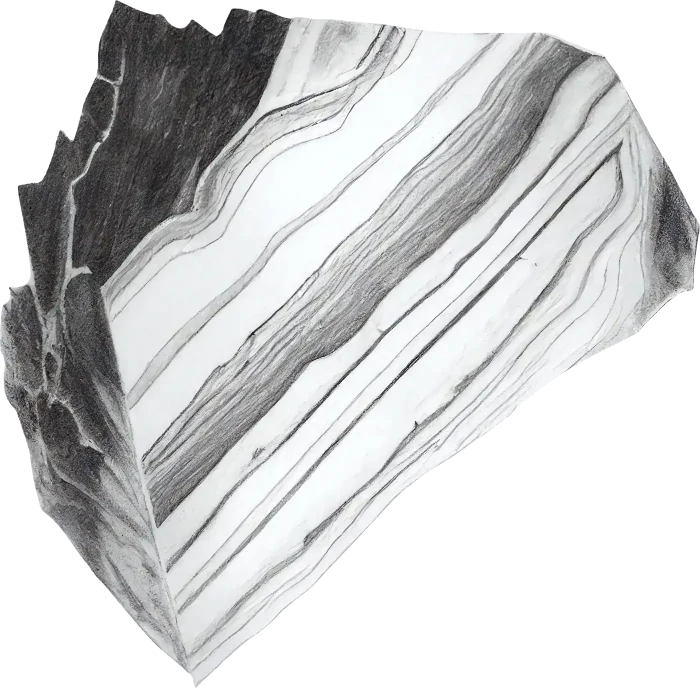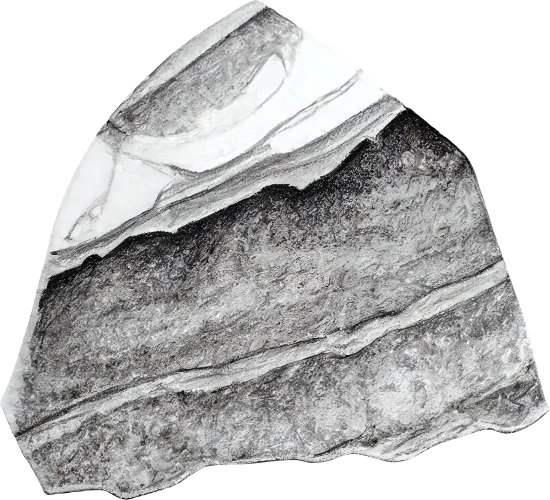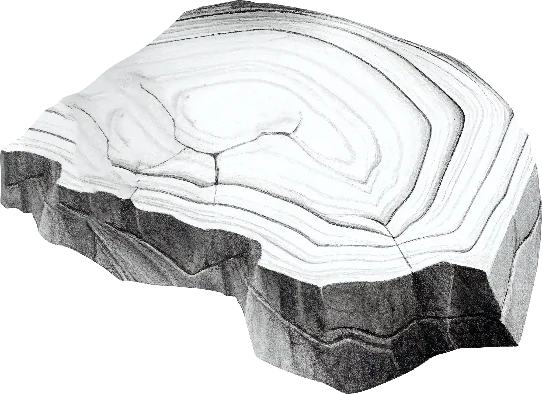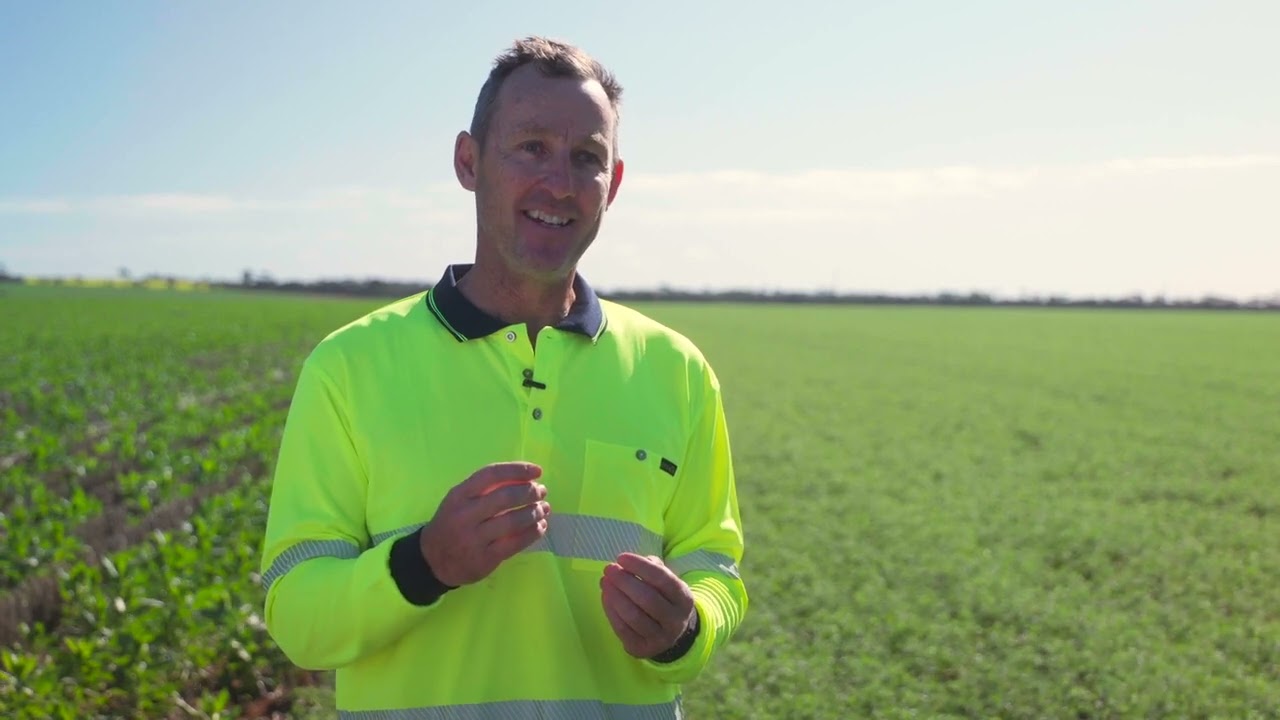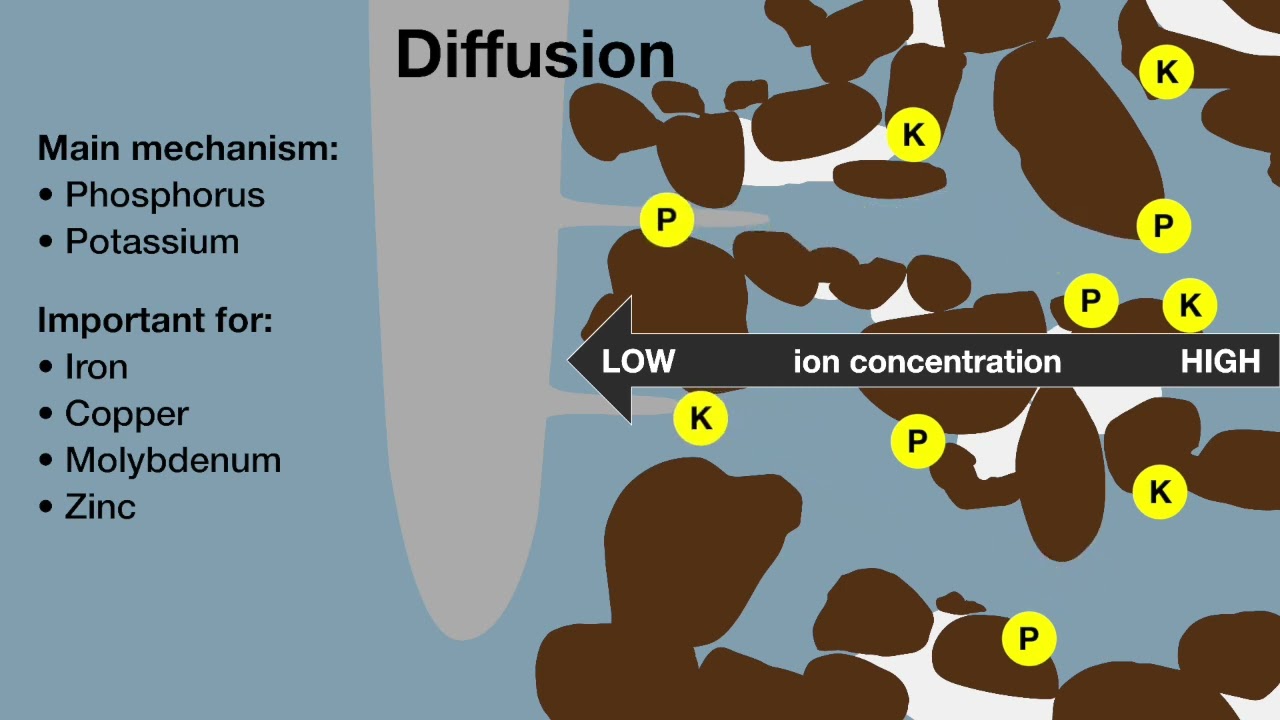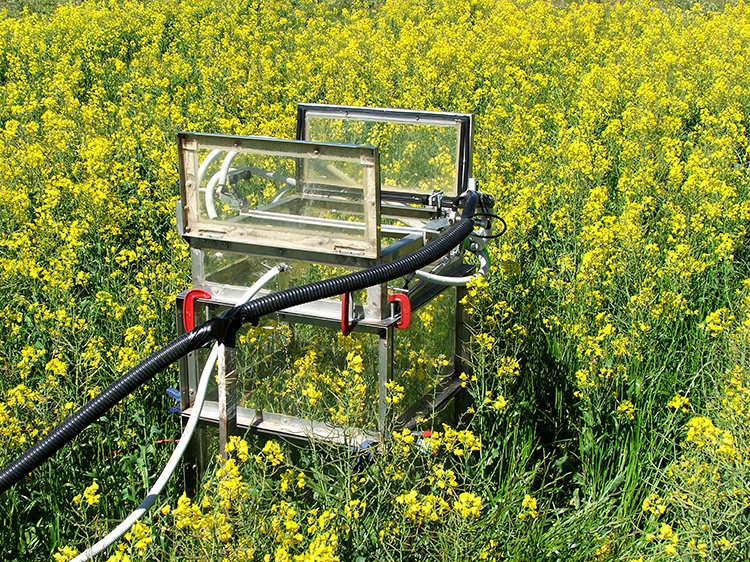Date
2022/08/24
Soil Quality ebook
Soil Quality: 8 Sodic and Alkaline Soil
Organisations
SoilsWest
Department of Primary Industries and Regional Development
Grains Research and Development Corporation
Authors
Ed Barrett-Lennard
David Hall
Wayne Parker
Rushna Munir
Surface mulches have multiple benefits including: absorbing raindrop impact that results in hardsetting and crusting; reducing soil water evaporation, and thereby maintaining soil moisture; and, in the case of salt affected soil, decrease the movement of salt to the soil surface.
Any material that shades the surface of soil can act as a mulch. The most important source of mulch in Western Australian farming systems is the stubble and surface straw of past crops. Often improved crop establishment in sodic soil is observed in header rows where trash is deposited during the previous harvest. Improving the conservation of soil water is one of the strongest arguments for retaining stubble in our farming systems.
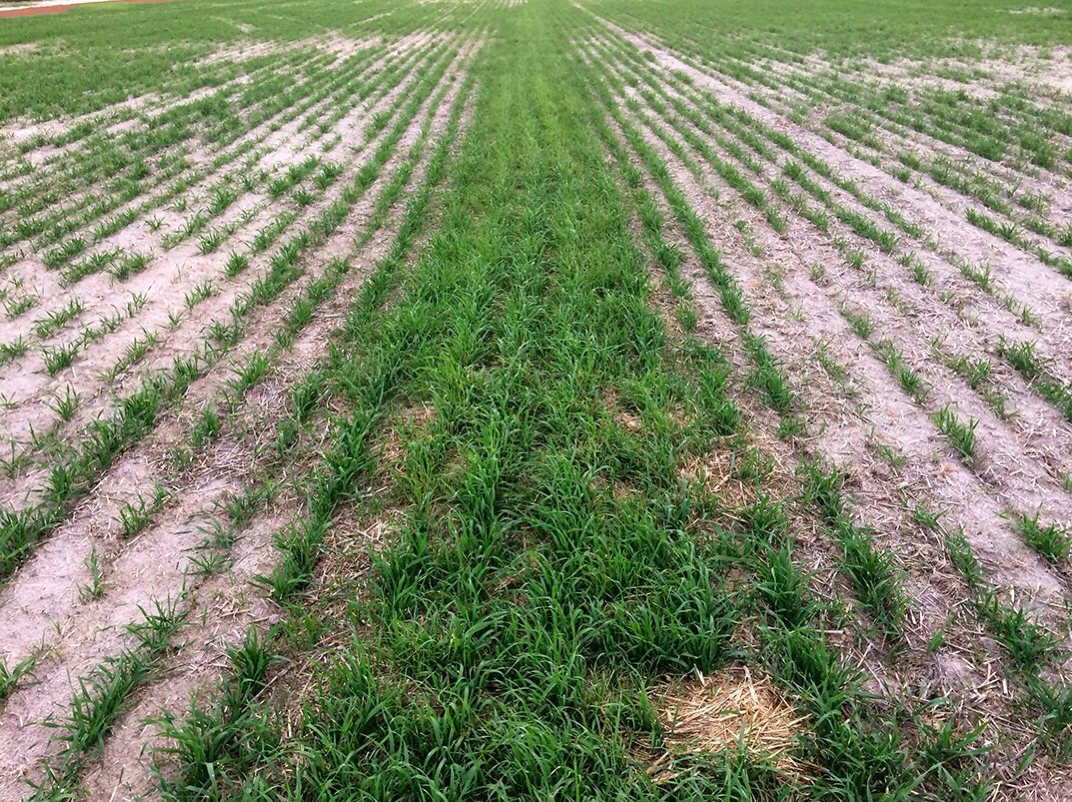
Gravel and sand
Inorganic materials such as sand and gravel can also be used as mulches. Glasshouse experiments have shown that 2 cm of gravel applied to sodic clay can initially result in a three-fold reduction in evaporation where as 8 cm of gravel can result in a nine-fold reduction in evaporation. In field trials, sand and gravel mulches have resulted in cereal yield increases of 0.5 to 1.5 t/ha, which are attributed to increased water retention and availability.
In other experiments, mineral mulches have reduced salt movement from water tables to the surface. In a trial at Quairading, WA, the application of the sand mulch on the surface had decreased the salinity of the upper few mm of the soil profile by 98% compared to the non-mulched controls four months after application.

Amelioration of saline and arid soil
Mulches have been important in the amelioration of saline and arid soil, for example:
- Sand mulch on saltland. In an experiment conducted near Quarading in the early 1960s, a mulch of 20 mm of sand was applied to soil affected by salinity. After four months, the application of the sand mulch had decreased the salinity of the upper few millimetres of the soil profile by 98% compared to the non-mulched controls.
- Grass mulch on saltland. Plants and cultivation can also have the effect of mulching the soil surface. In another experiment, stands of cereals and ryegrass were grown on a saline soil. After four years the salinity of the surface soil had been decreased by about 70% compared with a non-mulched control.
- Vermiculite mulch on saltland. Small deposits of vermiculite (an inorganic surface mulch) were used in the direct seeding of saltbush (Atriplex sp.) seed in the 1980s. The research team developed a specialised seeder to improve the establishment of saltbush on saltland. The germination and establishment of saltbush seeds were severely affected by surface soil salinity and seed burial. However, mixing the seed with powdered vermiculite decreased soil salinity and maintained soil hydration enough to establish 13.6% of germinable seed. By contrast, in the control treatment without any vermiculite only 0.6% of germinable seed germinated.
- Rock mulch on arid mine dump soil. Small rocks on the soil surface can also improve the establishment of native plants in arid environments. In a trial conducted at Meekatharra in the 1990s, seed from a range of native (Atriplex, Acacia and Eucalypus) species were distributed across the surface of 26 different mine dump spoils. Plant establishment after ten months was affected by four factors: the frequency and size of stones on the soil surface (greatest establishment with 50-90% of soil surface covered with stones of 20-60 mm diameter), soil salinity and soil pH. In this experiment the stones acted as a soil mulch, conserving soil water.
References
ebook Soil Quality: 8 Sodic & Alkaline Soil
Barrett-Lennard E, Hall D, Parker W and Munir R (2022).
Barrett-Lennard EG, Norman HC and Dixon K (2016). Improving saltland revegetation through understanding the ‘recruitment niche’: potential lessons for ecological restoration in extreme environments. Restoration Ecology 24: S91–S97.
Jennings B, Barrett-Lennard EG, Hillman BJ, Emrose M (1993). Mine waste management in arid areas. Report No. 110. Minerals and Energy Research Institute of Western Australia, Perth, Australia
Malcolm CV and Allen RJ (1981). The mallen niche seeder for plant establishment on difficult sites. Australian Rangeland Journal 3: 106–109.
Smith, ST (1962). Some aspects of soil salinity in Western Australia. MSc (Agric.) Thesis, University of Western Australia, 81 pp.
Knights S (2022) Exploring the science of mineral mulch. Groundcover March 2022. Grains Research and Development Corporation, Kingston.

